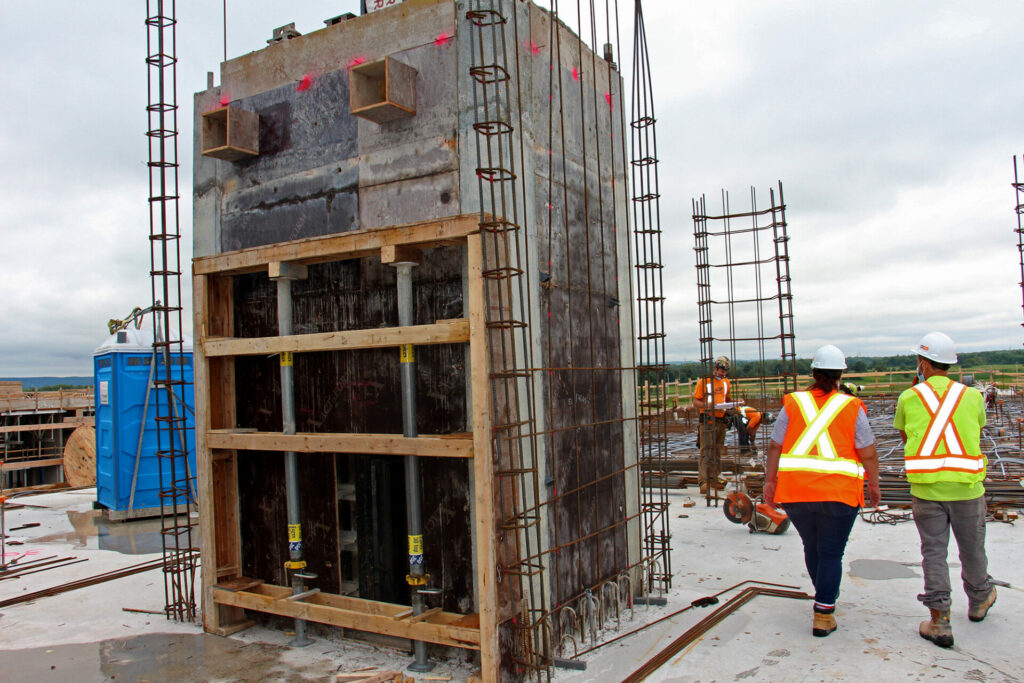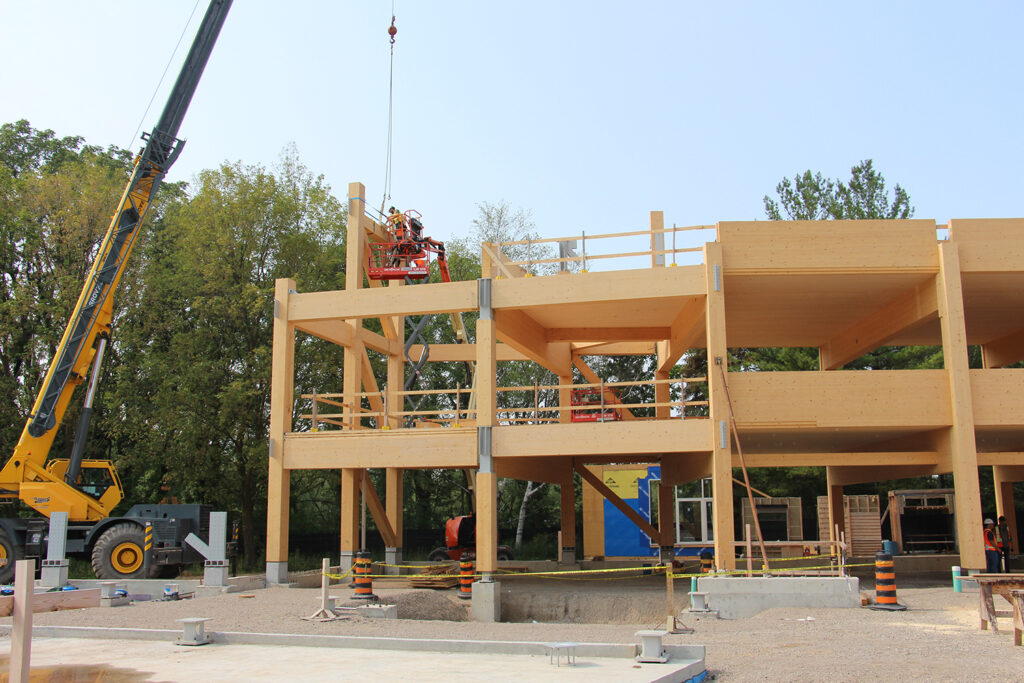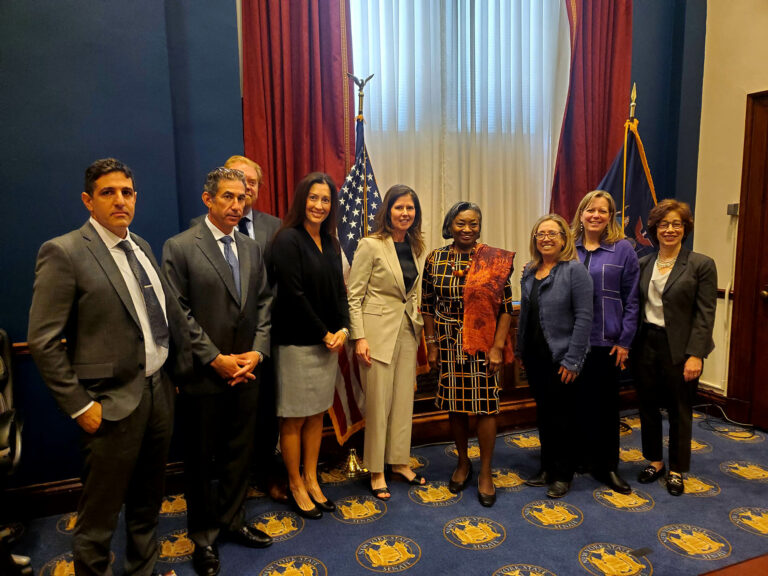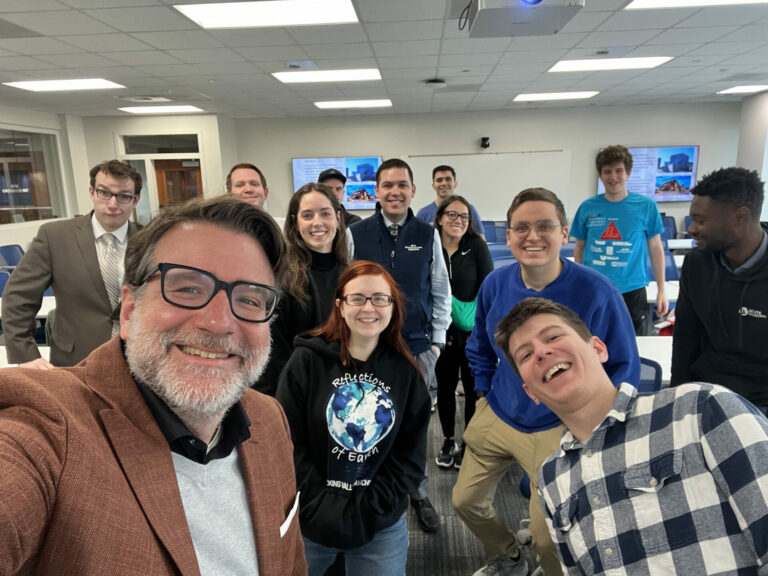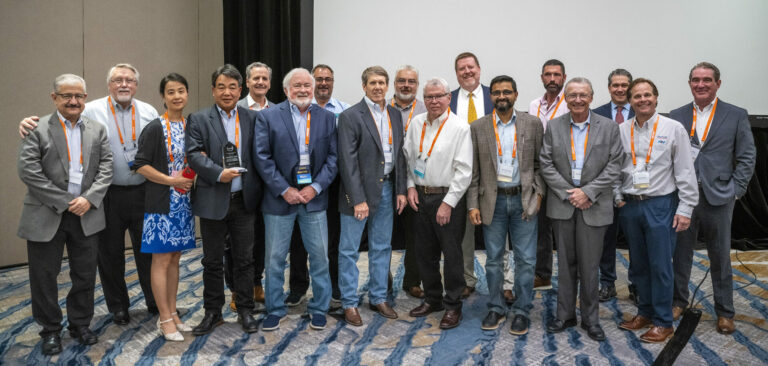There is no bigger threat to an industry than the expiration of those within it, which is why the current skilled labor shortage in the construction industry needs to be addressed and discussed. With both Canada and America facing serious labor shortages, the Canadian Apprenticeship Forum predicts that 75,000 new apprentices need to be hired in the next five years to fulfil the demand for skilled workers.
While the world is slowly recovering from the recent pandemic, it seems as though the construction industry is facing a pandemic of its own. A disease that, if not treated, threatens the livelihood of those within its reach. In Canada, consider the people at Ontario General Contractors Association (OGCA) and its Members the physicians in this situation. The people working tirelessly to create a resolution to an imminent threat. With a direct focus on upskilling, strengthening and furthering education, the OGCA are helping to create paths in order to build the road to a better future.
When they are not tackling possible risks to the construction industry, the OGCA are busy being the pro-active voice for all general contracting issues across the Province of Ontario. For more than 83 years, the OGCA has diligently worked to build Ontario by directly assisting members to deliver construction excellence in the Industrial, Commercial and Institutional (ICI) Sectors — with plans of furthering their mission as they move forward.
One of the ways in which the OGCA has decided to tackle the construction industry’s current “pandemic” is their Pathways to ICI project. The Pathways to ICI project was submitted into the Ministry of Labour, Immigration, Training and Skills Development (MLITSD) as a grant application in order to provide funding for a program that focused on soft skills i.e., interpersonal/communication skills combined with construction specific learning scenarios. President of the OGCA, Giovanni Cautillo, is one of the people responsible for putting this plan into motion. Although Cautillo is one of the driving forces behind the initiative, he assures me that it was the industry and its members who are truly responsible for this initiative.
“Labor shortage has affected us greatly because we’re now looking to replace a large cohort of individuals that are retiring, and unless we have people to replace them, we’re always going to be in a deficit position. Everyone’s always looking for skilled trades and you’ve got governments touting incentives for skilled trades, but we always need to look at what it is that our members need. After months of discussion and vigorous debate, it was highlighted that supervisory positions like project management, project/field coordination, coordinator, and site supervisors are imperative, and the members can’t move forward without these positions. We ascertained through roundtable discussions that there weren’t courses for this, which is how the Pathways to ICI was brought about.”
Addressing the skills development and capacity building for employers by creating Upskilling Toolkits and a Train-the-Trainer Program for current project coordinators, site supervisors and project managers is only one aspect of the Pathways to ICI. There is another path within this initiative that focuses on attracting new people to the industry — those who may not have considered construction or had access to construction as a career path. Manager of Programs at OGCA, Khoa Ly-Kilis, is just as passionate about developing potential as Cautillo. Ly-Kilis believes that these courses have the ability to not just focus on building soft skills to existing workers in order to upskill them, but also to focus on new fresh talent.
“OGCA are helping to create paths in order to build the road to a better future.”
“Building specific courses and curriculum allows individuals to bridge that knowledge and experience gap. This means that a newcomer or a new graduate who is interested in exploring a career in construction can, through OGCA’s Pathways to ICI New Entrants Bridging Program receive training that is specific to understanding the construction landscape, construction health and safety, scenario-based soft skills development, and workplace best management practices to arm them with the essential information and training to be successful in a work placement; the ultimate goal being the start of a long-standing career in construction. A career path in construction can truly go anywhere. The sky’s the limit when you join construction at that entry level.”
While speaking with both Cautillo and Ly-Kilis, it became apparent extremely quickly that the members of the OGCA are of the utmost importance to the association. They are at the core of every decision, incentive, and idea the OGCA constructs. OGCA members account for approximately 70% of all of Ontario’s Industrial, Commercial, and Institutional (ICI) projects and the majority of all Alternative Finance Projects (AFPs). With a mission to inform, advocate and elevate a dynamic industry, the association focuses on key areas: Health and Safety, Advocacy, Engagement, and Innovation.
Health and Safety was a paramount priority for the OGCA more than 83 years ago and is still at the forefront of the association today. The message here is clear, the association’s members want to ensure that all workers arrive home safely at the end of the day. Their advocacy aspect of the organization focuses on representing members of the OGCA and being the voice of the industry — whether that be with stakeholders, associations or government. There is a cohesiveness that flows through the association’s key features, allowing them to bleed into one and other. The engagement key area is closely linked to their advocacy key area and revolves mostly around their members and assuring all voices are being heard.

None of the above key areas would be possible without the innovative approach the OGCA has adapted over the years. The association empowers construction and technology leaders to identify, evaluate, and communicate relevant and useful innovations for the industry. Ditching pens and paper for tablets is an example of choosing not only innovative ways to alter the industry, but a greener more sustainable approach to work.
While the OGCA developed the above key features with the construction industry in mind, the association has also implemented some of their key features themselves — especially regarding innovation. Listening to member feedback and creating smart, innovative ways on how to implement this feedback is what led to the Pathways to ICI project being created. Recognizing what is needed is one aspect but using the information on hand to create an equilibrium point between supply and demand is innovation in its truest form, and the only cure to the industry’s current labor shortage pandemic.
With the OGCA working on an antidote, skilled labor shortage will hopefully be nothing but another inconvenience the construction industry overcame to continue thriving. To those within the Ontario area, do not fear. The OGCA are working hard to disseminate a long-term solution and the hope is that the skilled labor shortage will be a topic that will no longer be discussed… within the construction industry at least. Will this happen overnight? Sadly not. But getting to the root of the problem will prevent it from coming back, or as Cautillo would say:
“We’re not looking at a band aid that fixes the symptom. We’re looking at fundamentally addressing the cause.”











